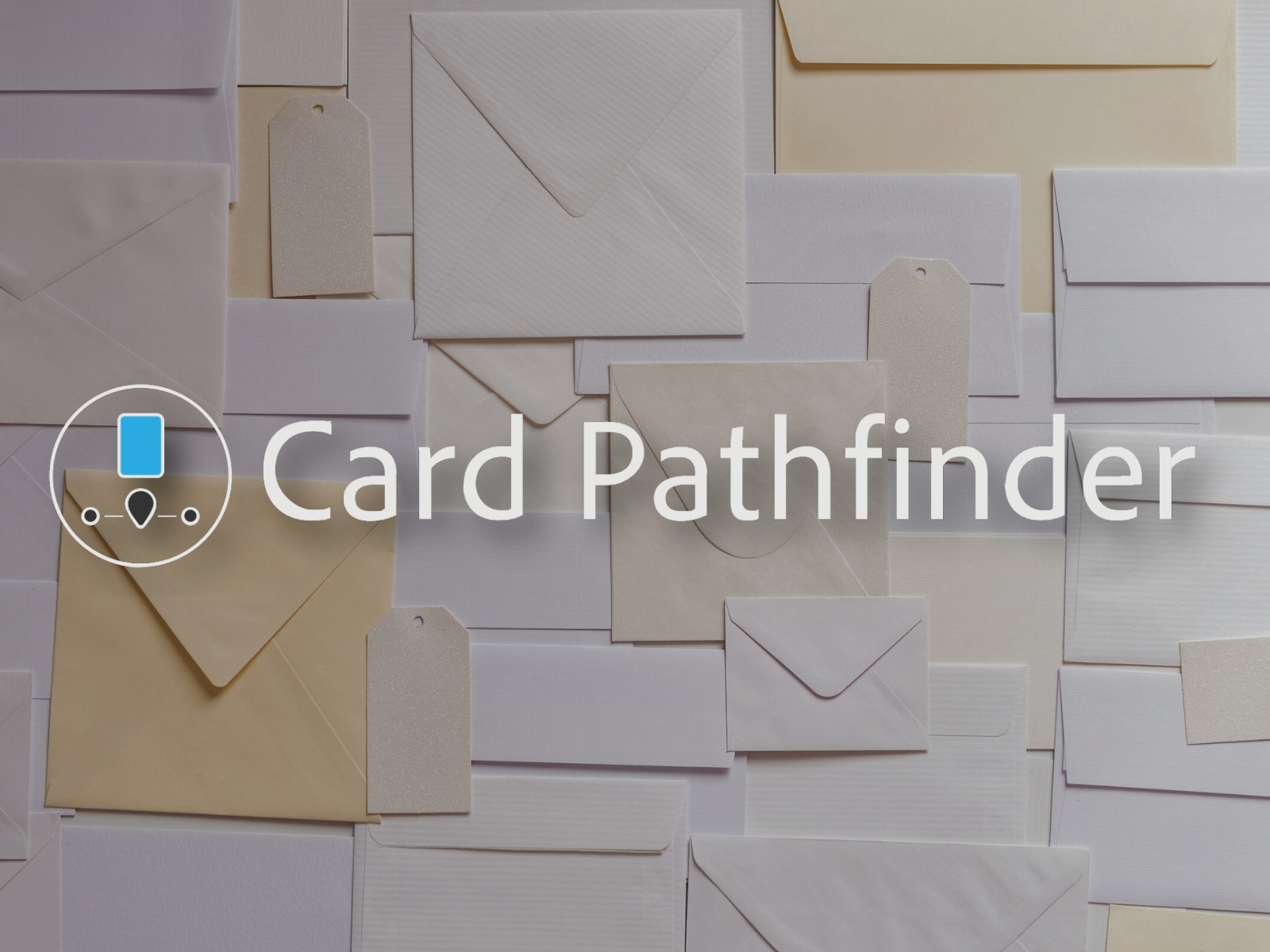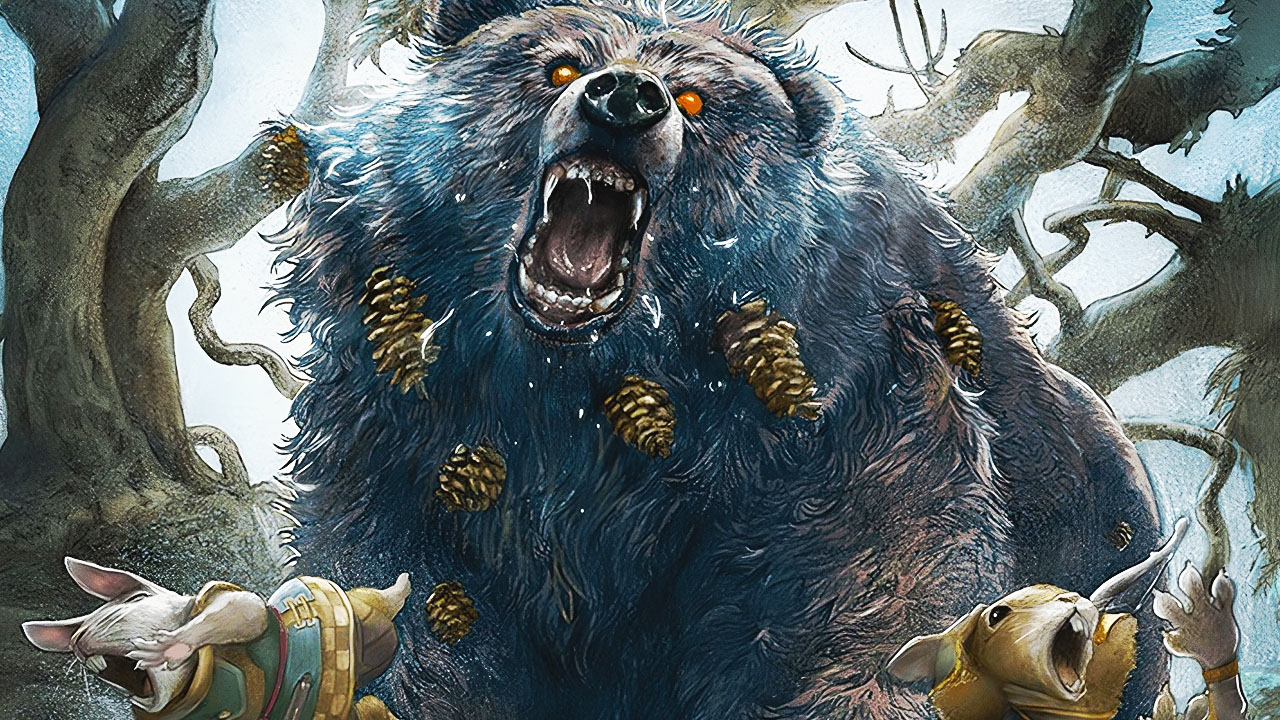Limited, especially Draft, is my favorite way to play Magic. Drafting decks in particular is something I love; passing packs back and forth to assemble the best deck we can on the fly from disparate parts.
Many jokes are made about modern Magic design being as Richard Garfield intended, but Limited is, in my mind, the purest form of Magic. Creatures and spells cobbled together, smashing into each other, seeking victory! Today, I’ll go over a few tips to help improve your drafting via deck construction. I’ll be using examples from Wilds of Eldraine, as it’s a highly popular recent Limited environment.
Curve is King
Your mana curve is one of the most vital elements of deck building. A good curve often focuses on spells that cost two, three, and four mana. Some more expensive cards appear, though you don’t want too many five+ drops, or you run the risk of stalling out early. Similarly, too many one-drops can leave your deck without impactful plays later. Early plays are notably important, so you don’t just get run over, especially in aggressive formats.



The ideal curve varies based on your game plan. Aggressive decks, like RW in WOE, don’t want many, if any, five+ drops and are more likely to play a bunch of aggressive one-drops like Gingerbrute. A controlling deck still needs early plays so they don’t get run over but have room for more expensive cards, like Scream Puff and High Fae Negotiator, to close the game.
Impact the Board
Limited is all about impacting the board. You rarely get a combo win condition to build towards like Commander or Modern; your win condition comes from your deck having 14 creatures and some removal. In general, you want cards that interact with your opponent, creatures, and cards that generate card or mana advantages.


Even with cards that don’t directly impact the board, either by playing creatures or removing your opponents, that’s something to keep in mind. We play Quick Study so that we have more resources to impact the board with; Return From the Wilds so we can impact the board faster with bigger creatures.

Cards that don’t do any of the four things listed above need to work hard to have a place in our deck. Candy Trail, for example, works well enough with Food and Bargain synergies to make the cut in some decks, even if it never impacts the board.
Pick High-Floor Cards
Cards with a high floor are cards that are good in many scenarios; cards with a high ceiling are only good in certain scenarios. You want cards that are good in as many scenarios as possible.

For example, Witchstalker Frenzy has a high floor. It’s good at every point in the game unless your opponent’s creatures all have hexproof or 6+ toughness, which is incredibly unlikely.

Knight of Doves is much more situational. It’s only good in decks with a bunch of enchantments and ways to get them into the graveyard while helping with neither condition itself. It’s a much worse uncommon because of this narrowness.
Splash Wisely
Splashing can be detrimental since it makes your mana significantly worse. Firstly, make sure the card you’re splashing is worth the risk. Typically, bombs or efficient removal like Frenzy make the cut.



Ensure you have mana fixing. WOE is particularly abundant with fixing, thanks to Prophetic Prism, Brave the Wilds, and Rootrider Faun, but in some formats, you just add some off-color basics and a prayer. This needs to be taken into account when you’re picking cards to splash and building your deck. The harder it is to generate off-color mana, the stricter your criteria should be to splash a card.


It’s best to splash high-impact cards, but only when they’re good later in the game. Splashing something like Tough Cookie isn’t ideal, as it’s incredibly unlikely you have your splash color on turn two. Faunsbane Troll is a much better splash, as you’re happy to play it on any turn you have the mana available.
Identify Secret Multicolor Cards
All Limited formats are built around specific archetypes. Typically, sets have ten two-color archetypes. Each color gets a combination of generally good cards and cards that work with a specific archetype. For example, Torch the Tower is good in any red deck, and Unruly Catapult serves blue-red spells, and Grabby Giant support RG 4-power matters, subtle as the archetype is.



The Catapult is our secret multicolor card; it’s only good in the spells deck. It’s anathema to the RW aggro deck and the RG power matters deck. RB is the only other color pair that could play it, and even that’s only in specific builds. Contrast this with Grabby Giant; while it’s a card that wants to support the RG archetype, with its four-power matter cards and big creatures, most red decks can (and want to) utilize it.
Identifying the secret multicolor cards helps with solid deck construction and reading signals in Draft. Your RW and RG decks will thank you for identifying that the Catapult isn’t worth playing. Seeing a late Catapult is a good indication that nobody is playing UR, but it’s not as much a signal for red as a color as the Giant or Witchstalker Frenzy could be.
Deck Context
Magic is a game of context as much as variance or strategy. When drafting, don’t just think about the cards you pick in a vacuum. Consider how they work in the context of the deck you’re building.



For example, Besotted Knight and Redtooth Genealogist are meh cards. You’ll play them; you just rather wouldn’t. They become more appealing in a deck with Lord Skitter’s Blessing, Fausbane Troll, and Tanglespan Lookout because the context of your deck wants you to play more Roles than average.
This can be applied more generally; let’s say you’re choosing between a mediocre two-drop and a fine four-drop. You often take the stronger card, but in the context of an aggressive deck that needs a low curve, you might need to take the two-drop to ensure your deck functions properly.
Conclusion
Drafting is a fantastic way to learn more about Magic. You learn all kinds of fundamentals from managing combat math to basic tenants of deck construction and on-the-fly thinking. These tips will help you draft stronger decks, which in turn gives you a better chance on the ladder.


 Support us on
Support us on 
